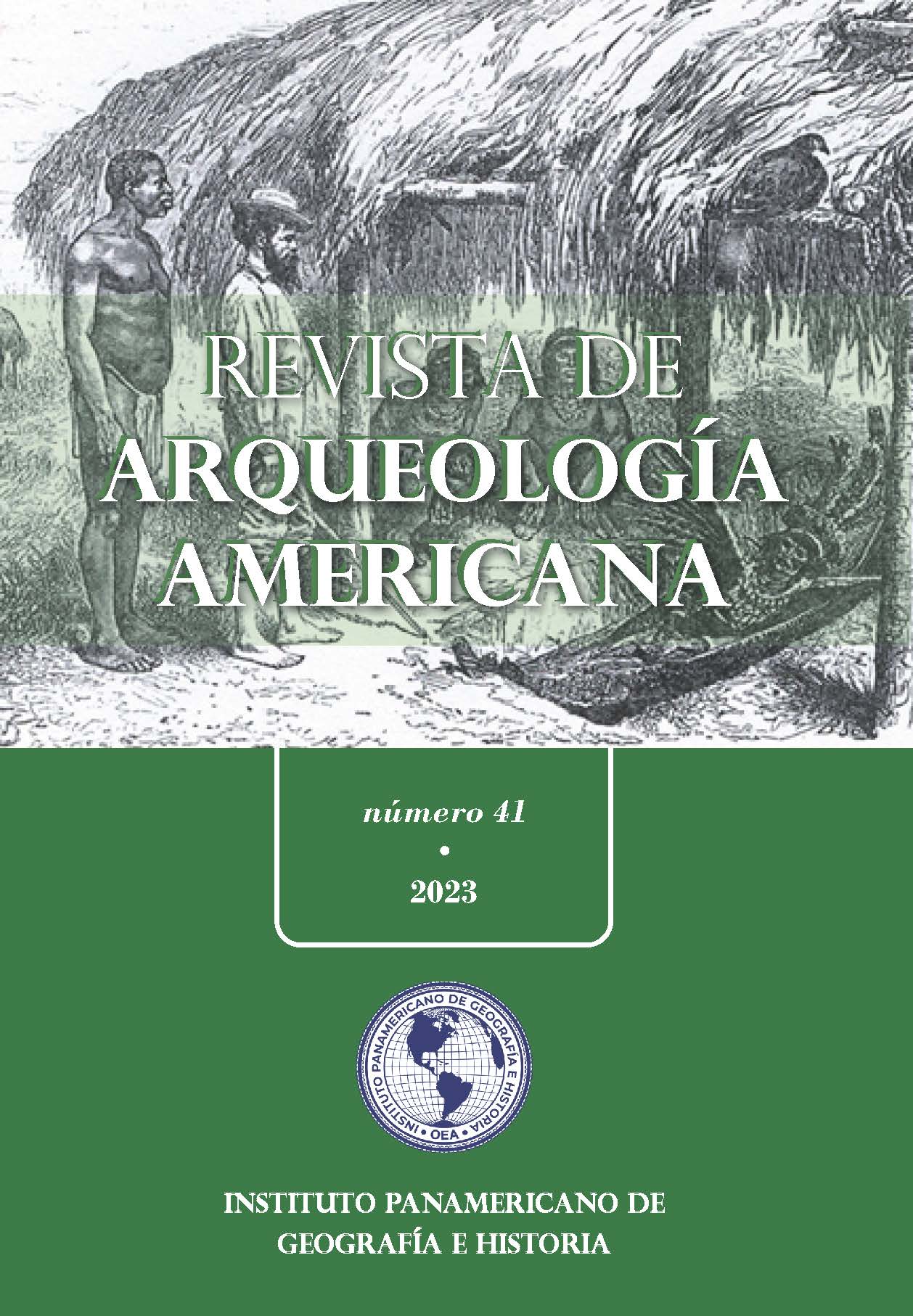Diversity and similarity in the Ceramic Age lapidary production in the Caribbean islands
Conteúdo do artigo principal
Resumo
Personal ornaments, and especially those made of lithic materials, are an important part of the archaeological record, as they provide valuable insights into various aspects of past human societies. In the Caribbean islands’ Ceramic Age, lapidary artifacts exhibit remarkable abundance and diversity in terms of both raw materials and typology. Robust analysis of extensive datasets enables to address the questions of spatial and temporal distribution and diversity of lithic beads and pendants during this period. I demonstrate that the Early and Middle Ceramic periods exhibit higher raw material and typological diversity compared to later periods. Mineralogical and typological similarities are shown to be greater between sites attributed to the same period than between geographically close sites. The lapidary production during the Saladoid differs significantly between the continent and the archipelago. Some indications pointing to the Isthmo-Colombian area are proposed, which will require further research to enhance our understanding to the same level as that of the Caribbean islands, enabling advanced comparisons.
Downloads
Detalhes do artigo
-
Resumo71
-
PDF (Español)26
